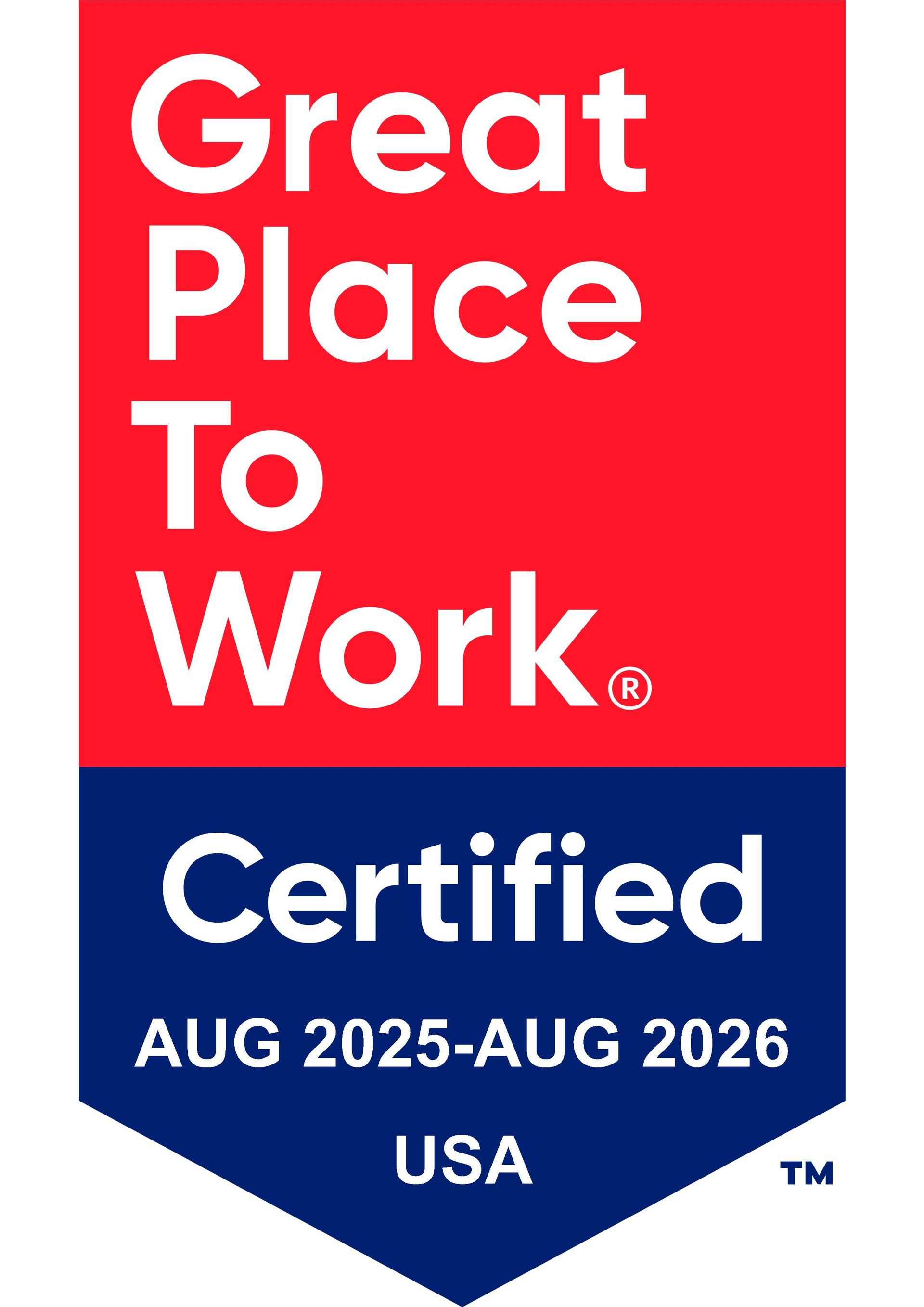
When and How Should I Exit My PEO?
21 November 2019
Engaging a professional employer organization (PEO) — sometimes known as an employee leasing service — has become an important strategy for small and mid-sized businesses (SMBs) across the United States over the past three decades. With 907 PEOs in the U.S. employing 3.7 million people, PEOs have become a reliable staple in the business world, helping more than 175,000 SMBs enjoy impressive rates of growth in brief time frames.
As beneficial as these organizations can be for SMBs of all kinds, there does come a time for many businesses when they need to move on and exit a PEO. However, grateful for the expert services and concerned about standing on their own, many business leaders are uncertain as to when it's time to sever the relationship.
Leaving too soon can leave a growing business short-staffed and without expertise in HR and tax matters, and maintaining an engagement too long can cause overlap expenditures if the company has been hiring and training its own HR team to take over these tasks.
Learn more about PEOs, how they help, and when and how it is best to exit.
WHAT IS A PEO?
A PEO offers a large array of critical tasks to SMBs, especially those in an early, crucial growth phase, according to Inc. The National Association of Professional Employer Organizations (NAPEO) supports and researches the effectiveness and state of the PEO industry, documenting that PEO clients experience faster growth rates, lower employee turnover, and higher instances of business survival than their industry peers.
Businesses that engage a PEO often gain a tremendous competitive advantage in one key and crucial area: attracting the best employees. One strategy that PEOs encourage in growing companies is to offer highly talented prospective employees a higher level of benefits than the SMB could offer on their own.
PEOs take a great deal of burden off the shoulders of company founders and other key leaders who have a firm grasp on their chosen product or service they are offering. They may also understand what it takes to brand and launch that product or service. However, they simply do not have the knowledge, time, or expertise to deal with crucial administrative tasks that come along with growing their business.
Here are a few of the tasks that SMBs are happy to pass on to PEOs to advance their position in their industry and thrive in their own right by focusing on core competencies and strategic business matters:
- HR management
- Employee benefits administration
- Workers’ compensation
- Tax compliance
- Insurance plans
- State unemployment insurance management
- COBRA benefits and compliance matters
- Staying up-to-date on various regulatory compliance issues to reduce risks associated with compliance infractions and possible fines
- Payroll administration and processing, such as developing a payroll implementation checklist
- 401(k) retirement plans and development of 401(k) plan termination checklist criteria
- Government regulatory compliance
- Safety programs (OSHA regulatory requirements compliance and training)
- Training and development
- Recruiting and outplacement support
- Dealing with turnover and employment exit strategy plans
- Developing employee transition plan checklist requirements
The significant administrative relief that accompanies hiring a PEO buoys, bolsters, and boosts SMBs to new levels of success.
PEOS ARE STILL A GROWING ENTERPRISE
While the PEO model has existed for about 30 years, it is not as well-known in the business world as one might expect, especially for all the support PEOs provide. According to a 2016 study performed by NAPEO, with results reported by PR Newswire, as much as 14–16 percent of SMBs that have 10–99 employees partner with a PEO for their HR and employee benefits needs.
NAPEO believes that it is important to raise awareness about the resources available through high-caliber PEOs. The organization reports that business owners who have just learned about the existence and range of available services through PEOs frequently express a combination of disbelief and delight that such a business exists.
HOW DOES A RELATIONSHIP BETWEEN A PEO AND AN SMB WORK?
A relationship between a PEO and an SMB is not quite like those that businesses enter into with other types of service providers. PEOs engage with employers through what is called a “co-employment agreement,” which is an arrangement where the PEO employees work for both the client business and the PEO itself.
The PEO works separately as the co-employer, managing its own personnel-related functions for its employees serving the client. The PEO manages its own administrative, employee-related functions, such as:
- Wage and benefits administration
- Workers’ compensation
- Filing tax information under its own tax employee identification number (EIN)
The PEO manages and maintains control of all its own business decisions and operations.
Many business owners — even more experienced SMBs — have found the co-employment concept difficult to grasp over the years. However, the Small Business Efficiency Act (SBEA) designed a voluntary IRS certification program for PEOs that lays out everything SMBs need to know to proceed safely and with confidence when it comes to engaging PEOs, according to NAPEO.
WHY DO COMPANIES EXIT PEOS?
There are two reasons an SMB might exit a PEO relationship: It wasn’t successful or it was very successful.
If a PEO fails to deliver results for an SMB, it makes sense for the SMB to either retake the reins of its business or search for another PEO that is a better fit. An unsuccessful partnership between a PEO and an SMB may occur for a few reasons:
- Lack of control for the client company. Business leaders give up a certain amount of control when working with a PEO, such as choosing health and workers’ compensation insurance carriers. If the PEO selects a poorly matched provider, the SMB suffers the consequences without having put forth any input into the decision-making process.
- Client company is not seen as a unique entity. In the perspective of the IRS and insurance carriers, a business engaged with a PEO may not be seen as a unique entity, which means that the business is not working toward establishing workers’ compensation experience and unemployment ratings of its own.
- Improper assessment and lack of understanding of client company. In order for a relationship between an SMB and a PEO to work smoothly, it is largely up to the PEO to understand the SMB and where it is at the moment of engagement, where the business leaders want to go, and how the PEO can help them arrive at their goals. Without this grounding from the outside, PEOs are not likely to meet the accounting and HR needs of a growing company. PEOs need to understand and lay out strategies to help the SMB build its own internal HR team, self-service capabilities, automation, and easy and confident operation of acquired technology by employees and management, according to PEO Compare.
- PEO cost outweighs its provided benefits. A PEO’s fees are commonly based on a percentage of the employer’s overall payroll. As the staff grows, so do the associated PEO fees. Ideally, as the staff grows in number, so does the institutional knowledge provided by the PEO. However, if the client company is merely paying large fees while the HR department stagnates, the PEO is failing the SMB by not providing self-sustaining information and training to allow for greater autonomy.
- PEO cannot meet client company’s specialized needs. Sometimes a PEO simply does not have the specific experience needed to help a client company that has special regulatory needs and still leaves the business leaders shouldering the burden when it comes to compliance. If they have to explain regulatory issues to PEO employees, it wastes time and defeats the purpose.
- Some PEOs are unable to help businesses expand. Not all PEOs have the skills and talent to create affordable and fully customized benefit programs as the SMB expands. PEOs often take a one-size-fits-all approach that simply does not work with every client company as each business scales and requires more tailored programs.
One the other hand, a business’s success (thanks in large part to a PEO) is often the primary driver for a business to sever an arrangement with a PEO. At such a point, a PEO no longer provides value to the client company simply because it has done its job effectively and the SMB feels ready to move forward on its own.
While a PEO is often a huge boon to startups and SMBs just getting their footing in administrative tasks, it can become a cumbersome cost as the business begins to take off and thrive. The costs of hiring and maintaining permanent employees within the business actually decrease, making it more cost-effective and practical for internal staff to take over the HR responsibilities in the future.
RECOGNIZING THE TIME TO EXIT A PEO
Any of the previously noted reasons, good and bad, are completely acceptable and commonly agreed upon as appropriate for SMBs to decide that it is time to exit a PEO. It is always reasonable for business leaders to make the best and most cost-effective decisions and do what is best for their business. The concept of a PEO is not meant to remain a permanent fixture for a business. The longer a PEO stays in place, the less successful it may be considered, to some degree.
EXITING A PEO ENGAGEMENT WITH THE LEAST STRESS AND MOST SUCCESS FOR A BUSINESS
At some point, the idea of exiting a PEO becomes a matter of “when” versus a matter of “if” or “should.” Regardless of the reason or the timing of exiting a PEO, it can be a difficult process for businesses to go through.
Many businesses need assistance navigating this crucial business phase as they sever co-employment to become the sole employer for the business. The following checklist may help client companies move forward with the confidence they have everything covered and are ready to take over all the responsibilities of a PEO.
PREPARE EARLY AND WORK WITH PROFESSIONALS IN EACH AREA
As soon as a business leader knows it's time to exit a PEO, it's important to enlist a team of experts to help ease the process, such as the following:
- Workers comp broker. A knowledgeable workers comp broker can help prepare a good implementation plan that covers workers’ compensation.
- Human resource specialists. Expert HR specialists can help manage the development and production of an employee manual and transitioning employees back to the client company.
- Health benefits broker. It is important to work with a health benefits consultant who has knowledge of the marketplace you are now set to enter.
- Retirement benefits administrator. For businesses that offer a 401(k) plan, a benefits administrator can help with that and other duties the PEO might have covered until the transition to the full-time staff is complete.
For each specialist, provide a broker-of-record letter on company letterhead, which allows the broker to confidentially manage business on the organization’s behalf in the marketplace. Such an arrangement allows the business to get its house in order in preparation for the shift.
DEVELOP AND IMPLEMENT A PAYROLL SYSTEM
In order to provide uninterrupted payment service to employees, a client company needs to have a payroll system in place before the PEO exit and transition process. Whether hiring a payroll expert or using the skills learned from the PEO, the team must create and know how to use the system so employees consistently receive timely and accurate paychecks.
ATTEND TO VARIOUS TAX MATTERS
There are times when client companies terminate a PEO contract mid-year. In such cases, the PEO must complete final taxes through that date. The PEO must also provide W2s for the period worked. Employees will then be considered new hires by the client company once taking the employees back into their business. Employees will receive W2s from both the client company and the PEO for the remainder of the year of service.
CAREFULLY MANAGE WORKERS’ COMPENSATION
It is vital that there is no lapse in workers’ compensation at all, so employers must carefully time the PEO exit and transition. At that point, some workers’ compensation carriers may consider a company a startup since the workers’ compensation insurance might have been listed under the PEO’s name. This point is particularly important and may risk the ability for the client company to obtain coverage. A good agent can help navigate this particularly challenging and important step.
ASSESS TECHNOLOGY RESOURCES AND NEEDS
Exiting a PEO may mean leaving a streamlined single-source and integrated solution for technology. The client business must decide on replacement systems to satisfy the needs of HR and benefits functions that were once provided through the PEO’s system.
DEAL WITH COBRA BENEFITS
Dealing with COBRA benefits can be complex and is often extremely expensive for PEOs to manage after a business has exited the PEO. Employers should work carefully to negotiate the inclusion of all COBRA participants into the arrangement when looking for a new medical insurance carrier.
HANDLE EMPLOYEE BENEFITS
- Similar to managing workers’ compensation benefits, employers may face challenges on their own since carriers may consider the business a startup because payroll and benefits had been filed under the PEO’s name. This complication could affect the company’s risk rating and other underwriting considerations. The earlier in the process businesses start focusing on this task, the better.
- A few specific things client companies can do during this point on the checklist include the following:
- Provide a broker letter-of-record on company letterhead, suggests Biz Journals San Francisco Times. This document allows a broker or specialist to confidentially do business on the company’s behalf.
- Create a census file that includes lists of benefit-eligible employees and their dependents, including demographic data that includes age, location, gender, and plan choices over time.
- Include a PEO benefit overview and plan summaries for the broker to review current plans in place, such as whether a company currently offers self-funded insurance, to make decisions going forward.
FINAL THOUGHTS ON EXITING A PEO
Businesses working with a non-certified PEO may find it best to wait until the first of the year for a smoother transition, especially regarding tax liabilities. If a business exits mid-year, taxes paid for employees throughout the year do not transfer and thus cause new tax accumulations to begin. If working with a certified PEO, the process becomes much easier, allowing the client company to instantly become the successor employer.
Businesses considering exiting a PEO arrangement are up for a series of challenges that they can easily meet with the right information, strategy, and support. At KBI Benefits, we can help you understand the process of leaving a PEO without stress and with confidence and success.
Contact us today by submitting our
online contact form or calling us at
408.366.8880. We look forward to working with you!




